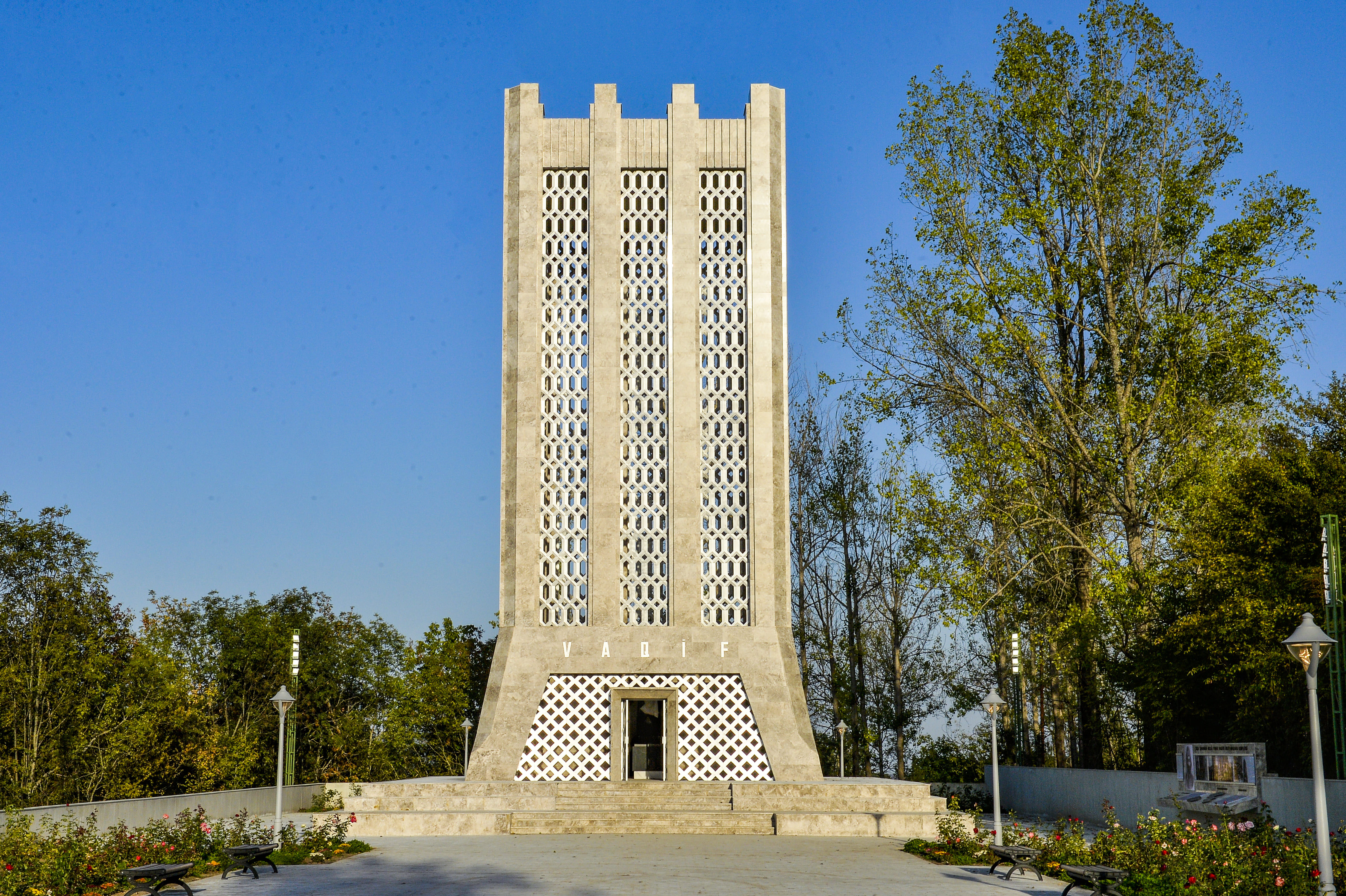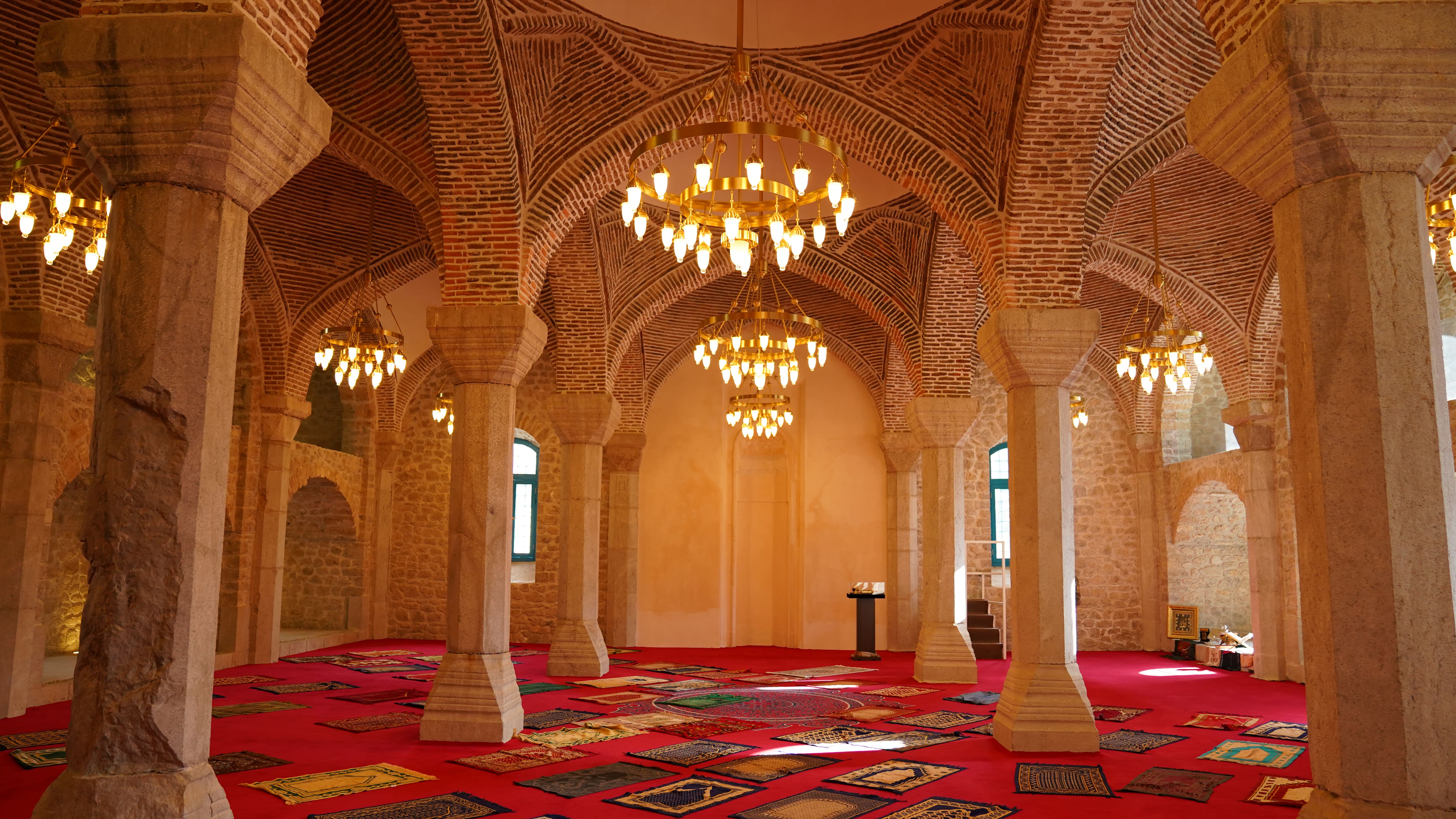XIX century
The city of Shusha was also famous for its handicrafts. At the beginning of the 19th century, the city had great craftsmen specializing in more than 50 arts. Among them were weavers, hatters, shoemakers, tailors, carpenters, and weavers. Weaving and carpet weaving in the city reached a particularly high level of development. At the beginning of the 19th century, there were 500 looms producing various types of fabrics. The rapid development of capitalist relations led to the rise of silk production in Shusha to the level of factory production. Already in the 60s of the XIX century, the city had 16 silk factories with an annual production capacity of 78,000 rubles.
Shusha was also one of the important centers of carpet production in Azerbaijan. At the end of the 19th century, the growing demand for Azerbaijani carpets in world markets led to the further development of carpet weaving in Shusha. During this period, the city annually produced carpets worth a total of 50,000 rubles. Shusha carpets were divided into two large groups according to their artistic features - ornamental and plot carpets. Mainly, floral elements predominated in the Shusha carpets with ornaments typical of the XVIII-XIX centuries.
In Shusha, the arts of dyeing, leather production, and metallurgy also reached a high level of development. Glass dyers were able to get up to 50 colors and shades of color using different types of plants. At the end of the 19th and the beginning of the 20th centuries, the annual production capacity of 8 dyeing cells operating in Shusha reached 69,500 rubles. At that time, about 200 artisans were engaged in the production of leather goods in the city. At the end of the 19th century, 78 jewelers in Shusha made various types of jewelry for the head, neck, chest, ears, waist, arms, and fingers.




.jpg)

